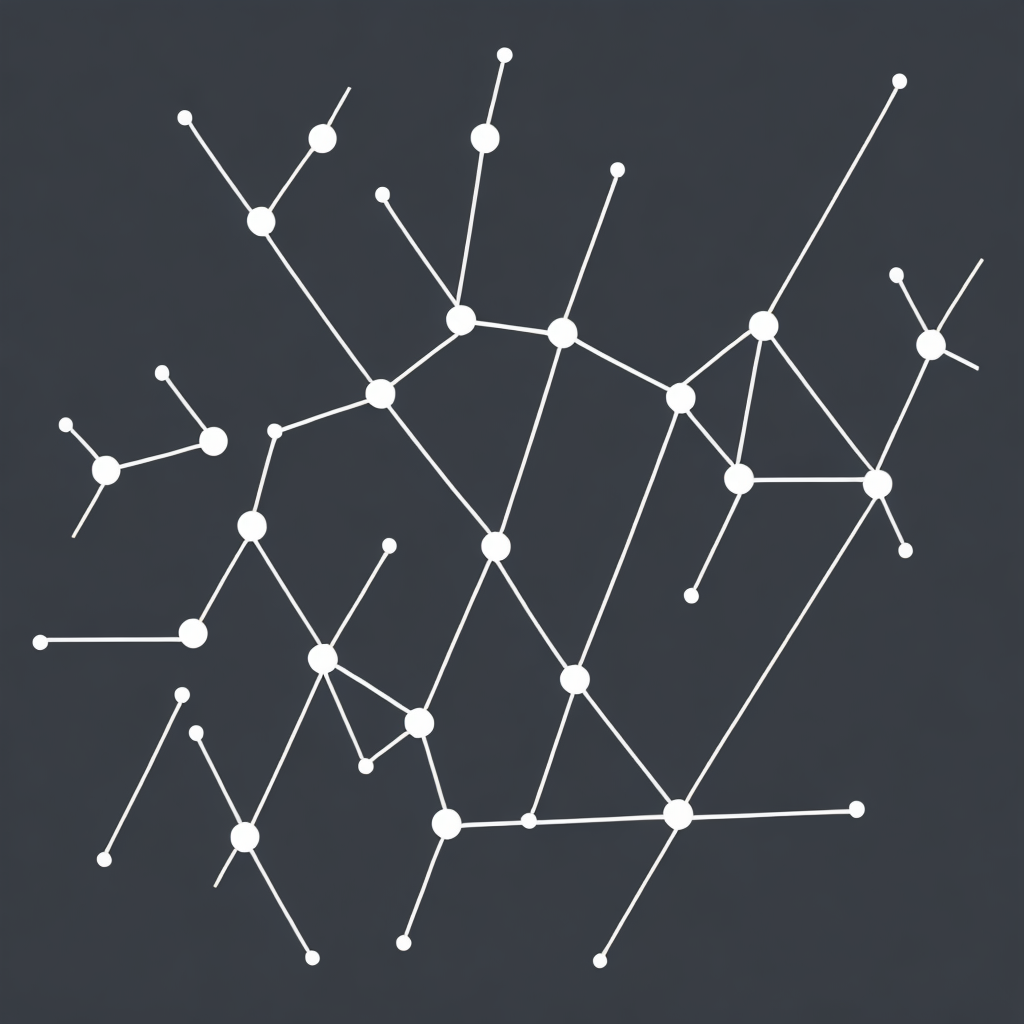Unleashing the Power of Knowledge Graphs: How They Revolutionize Data Management and Knowledge Discovery
Knowledge graphs have become a critical tool in the modern data landscape, changing the way organizations manage data and discover new insights. With their ability to represent complex relationships and interconnected data points, knowledge graphs unlock potential never before seen in information management.
**Simplifying Complexity:**
In the era of big data, information often seems overwhelming rather than enlightening. Data scientists and analysts face a daunting task dissecting vast amounts of data to derive meaningful insights. Knowledge graphs simplify this process by structuring data in a way that is more understandable and easily accessible. They aggregate data from various sources into a cohesive, interconnected representation, making it easier to navigate and uncover relationships and patterns that might otherwise be invisible.
**Integration and Connectivity:**
Knowledge graphs excel at integrating disparate data sources. Unlike traditional databases that typically house data in isolated silos, knowledge graphs enable the fusion of data from various domains. Whether it is information from social media, IoT sensors, internal company databases or academic journals, knowledge graphs consolidate these diverse datasets into a unified view. This connectivity enhances data utilization and enhances decision-making processes by providing a holistic perspective on data.
**Enhanced Analysis and Discovery:**
One of the pivotal benefits of knowledge graphs lies in their superior analytical capabilities. Structured in a way that reflects real-world interactions and relationships, these graphs enable complex queries and sophisticated analytics. They support advanced search algorithms, semantic reasoning, and property matching, making it possible to extract deeper insights and make data-driven decisions. Knowledge graphs facilitate the discovery of previously unknown correlations within the data, accelerating the pace of research, development, and innovation.
**Improving User Experiences:**
Incorporating knowledge graphs into user-facing applications can significantly enhance user experiences. By leveraging the enriched context and relationships within data, these applications can offer personalized recommendations, improve search functionalities, and provide users with interactive and engaging interfaces. For instance, recommendation systems in e-commerce can offer tailored product suggestions based on the user’s preferences and browsing history connected through a knowledge graph.
**Supporting Decision Making:**
Knowledge graphs play a critical role in enhancing business intelligence and supporting strategic decision-making. They provide a comprehensive view of operational data, allowing organizations to spot trends, evaluate market situations, and identify potential risks more efficiently. By integrating with AI and machine learning systems, knowledge graphs empower companies to automate decision processes, optimize operations, and drive innovations.
**Challenges and Opportunities:**
Despite their transformative potential, knowledge graphs also pose several challenges, including data complexity, scalability, and maintenance. As datasets grow in size and complexity, ensuring the quality, consistency, and relevance of the graph becomes increasingly challenging. Moreover, effective knowledge graph management requires a robust infrastructure and specialized skills.
Nevertheless, the benefits of knowledge graphs far outweigh the challenges. They present a golden opportunity for organizations to leverage the power of interconnected data, fostering a culture of insight and innovation. By harnessing the capabilities of knowledge graphs, industries ranging from healthcare to finance, can unlock unprecedented efficiencies, boost productivity, and create new avenues for growth. As technology advances, the potential applications and use cases for knowledge graphs are likely to expand, underscoring their importance in shaping the data-driven future.
In conclusion, the advent of knowledge graphs has ushered in a new era of data management and knowledge discovery, empowering organizations to transcend traditional data boundaries, uncover hidden insights, and create value from their vast data assets. As the technology continues to evolve, the potential impact of knowledge graphs in revolutionizing data-driven decision-making, personalization, and innovation will only grow, making them an indispensable asset for forward-thinking organizations.
